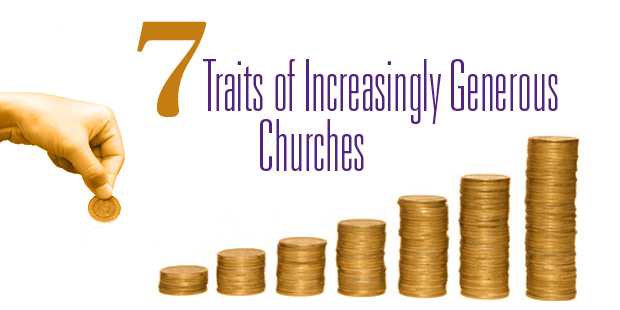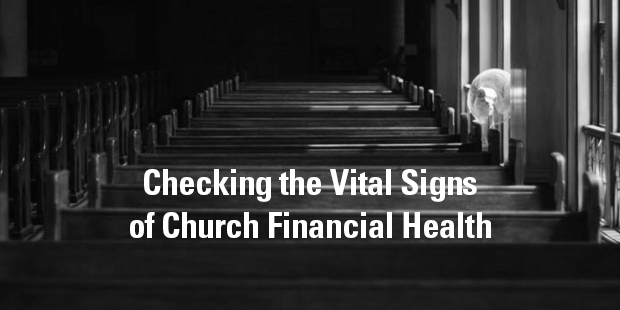Before we get started, I want to be clear this is a tool to help you think differently about effectively leading and creating a surplus to unleash vision. Some of the topics may cause you to be uncomfortable at first. Ignore these feelings and just go with it. You are only concerned about the conclusions you make at the end of the tool, not necessarily the minutia you have to think about along the way to get there.
Premise: On average churches spend 50 percent of their resources on staff and 25 percent on programming, ministries, and missions activities. This 75 percent is a huge chunk of resources that need to be continually investigated. Staff expenses can be both productive and unproductive. They can add great value and introduce tremendous risk. The expense of staff is often seen as a fixed expense that cannot be touched. It’s not fixed. It’s a choice. Once you add in the facility expenses, which is your only true fixed expense, ministry and programming activities tend to get the leftover. It can be really shocking the first time a church leader discerns that it is common for 25 percent or less to be dedicated to ministry and missions. So let’s dive into a discussion of the 75 percent (staff, missions, programming) of your resources that can flex to deliver surplus results.
I want to help you evaluate the effectiveness of your ministry strategy and I am going to travel down the road of the staff expense to start the process. I am pro-staff, so go on the journey. Don’t get lost in the minutia. Again, the end of the tool is the goal not the beginning.
- Create an accurate organization chart that includes ALL paid staff positions.Next, to each position list their total expense to the organization (salary + benefits). Discover what percentage of resources you are investing in your staff. As I mentioned previously, the church on average invests around 50 percent of its resources in their team. Are you above or below the national average?
- Establish a challenging goal to reduce your staff expense getting it as close to 35 percent of total budget income as possible. Make the number a legitimate stretch, no less than a 10 percent reduction of current staff expense. If the number is not a challenging figure this tool will not be helpful. (Remember do not quit right here; stick with the process.)
Recreate your staff org chart with the following parameters.
- Financially do not exceed the 35 percent total staff expense figure (or challenge figure you chose.) This means positions might be eliminated, combined, or experience a pay reduction. Obviously, keep this tool private as this information could be unnecessarily alarming. You can even create the organization chart without names only using title names or descriptions.
- Make a list of non-negotiable ministries, programs, and events that are core to accomplishing your vision. I am sure you have many ministries that are well run, enjoyable, and strongly attended. However, that was not the filter I suggested. Only list the ministry activities that are critical to accomplishing the vision of your church.
- Make a separate list of the current ministries, programs, and events that were not included in exercise b. Set this list aside for now. This list should contain activities that are now considered negotiable in terms of mission-critical accomplishment. You will come back to it shortly.
- Merge your work from 3.a. and 3.b. by assigning the core ministries list to the appropriate staff member on your newly designed organization chart. It may take a little forcing and wondering how a certain person could succeed or have the time. Nevertheless, you need to get these core ministries accomplished with these core staff members. They are the heartbeat of your vision.
- Now that you have a new org chart and ministry strategy developed that is absolutely critical to core success, you probably have some gaps. You might be seeing more work than one person can do. Also, you may see a surplus of volunteers, dollars or staff members because of the programming reduction you experienced with the non-core activities list from 3.c. Given both, your gaps and surpluses answer the following questions.
- What new systems could you create to alleviate the gaps or work stress?
- How might your systems and processes be simplified without reducing the impact?
- What new opportunities exist for a volunteer position or team?
- What impact would be lost or risked if you could not solve the gaps with an improved system powered by volunteers?
- Let’s return to your list of non-core ministries and activities you previously set aside in 3.c.
- What would be gained if you took the people and financial resources being invested in these activities and redirected them to the ministries you defined as core?
- Would there be a measurable loss in conversion or discipleship growth that would not be replaced by a greater focus on the core ministries?
- Could you possibly experience exponential growth from a greater investment in your core?
- Could you possibly create a surplus of resources with this growth and freed up cash to better fund your vision in the future, thus minimizing the need for debt?
Roadblock to conquer: The older a church becomes, the more it tends to add ministries, programming, events, and staff. It can be very hard to decrease the church calendar and team. However, not all church staff and activities actually advance the mission equally. The goal of this tool is not to create a list of those who get fired or ministries that get canned. However, I do want to put you in a situation you might never put yourself in to really measure the value of the dollars being invested in both staff and programming.
Church budgets, calendars, and staff can become very inflexible and complicated over time. They can easily become silos or territorial conversations. Sometimes the leader just needs to start over from scratch in your mind, not reality. It provides the clarity needed to start a retooling process that may culminate in a 10 percent resources savings and a 10 percent increase in effectiveness. A savvy use of all your resources produces the potential of a 20 percent exponential surplus.
The end result: Would you rather lead the ministry structure you are currently leading or the one that more resembles what you recreated via this tool? I hope it is leading your current church structure. However, if you need to retool, you now have a pattern of thinking and can start the reshaping. Give yourself three years and you will make great progress.
If this tool has been helpful to you, we have tons more. Check out all of our resources at LifeWayGenerosity.com.































